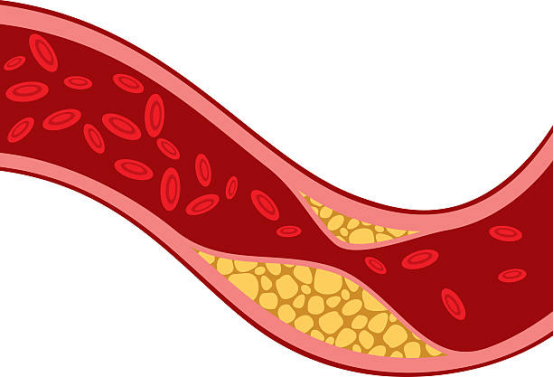Understanding Myelofibrosis and Its Treatment Options
What is Myelofibrosis?Myelofibrosis is a rare, chronic condition that affects the bone marrow and disrupts the production of blood cells.
What is Myelofibrosis?Myelofibrosis is a rare, chronic condition that affects the bone marrow and disrupts the production of blood cells.
This condition leads to the formation of scar tissue in the bone marrow, which limits the marrow's ability to produce healthy red blood cells, white blood cells, and platelets. Myelofibrosis can result in significant health issues such as anemia, spleen enlargement, and an increased risk of bleeding or infection.

Causes of Myelofibrosis
The precise cause of myelofibrosis is not fully understood. However, genetic mutations, particularly in the JAK2 gene, are strongly associated with the disease. These mutations cause an overproduction of blood cells, contributing to the formation of scar tissue in the bone marrow. Exposure to toxins like radiation or certain chemicals is also a known risk factor for developing myelofibrosis.
Symptoms of Myelofibrosis
Myelofibrosis presents a variety of symptoms that can range from mild to severe. Common symptoms include:
- Anemia: Leading to fatigue and weakness due to a shortage of red blood cells.
- Spleen enlargement: This occurs as the spleen attempts to compensate for the inability of the bone marrow to produce enough blood cells.
- Fatigue: A frequent feeling of tiredness and lack of energy.
- Night sweats: Unexplained excessive sweating, often at night.
- Weight loss: Unexplained and sometimes dramatic weight loss.
Other complications can include a weakened immune system and problems with clotting or bleeding.
How is Myelofibrosis Diagnosed?
To diagnose myelofibrosis, doctors typically perform a combination of tests:
- Blood tests: To evaluate blood cell counts and identify abnormalities.
- Bone marrow biopsy: A small sample of bone marrow is examined for fibrosis and abnormal blood cell production.
- Imaging tests: CT scans or ultrasounds to assess the size of the spleen and liver.
Accurate diagnosis is crucial for developing an effective treatment plan.
Treatment Options for Myelofibrosis
The treatment for myelofibrosis is highly individualized. The main goal is to control symptoms and prevent complications. Common treatment methods include:
- JAK inhibitors: These medications target the mutated JAK2 gene to reduce blood cell production and alleviate symptoms like spleen enlargement and anemia.
- Chemotherapy: Powerful drugs that kill abnormal blood cells and help manage symptoms.
- Radiation therapy: To shrink an enlarged spleen or treat other affected organs.
- Stem cell transplant: For patients with severe disease, a stem cell transplant may offer a potential cure.
Treatment plans are tailored to the patient's unique needs, and some may require a combination of therapies.
Living with Myelofibrosis
Living with myelofibrosis requires regular monitoring and lifestyle adjustments. Patients should maintain a healthy diet, stay active within their limits, and seek emotional support from family, friends, or support groups. Regular doctor visits are essential to track disease progression and adjust treatment as needed.
Conclusion
Myelofibrosis is a rare and serious blood disorder that requires a comprehensive treatment approach. Although the condition is complex, advances in therapies and early detection have improved the prognosis for many patients. Effective management can significantly improve quality of life for individuals affected by this condition.